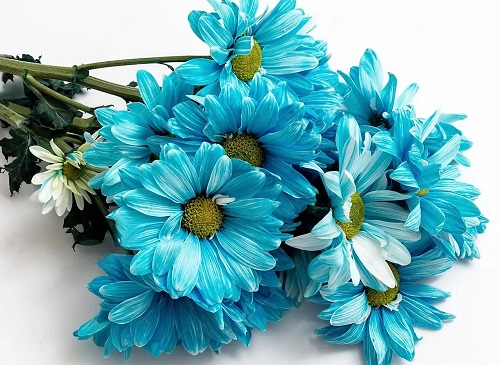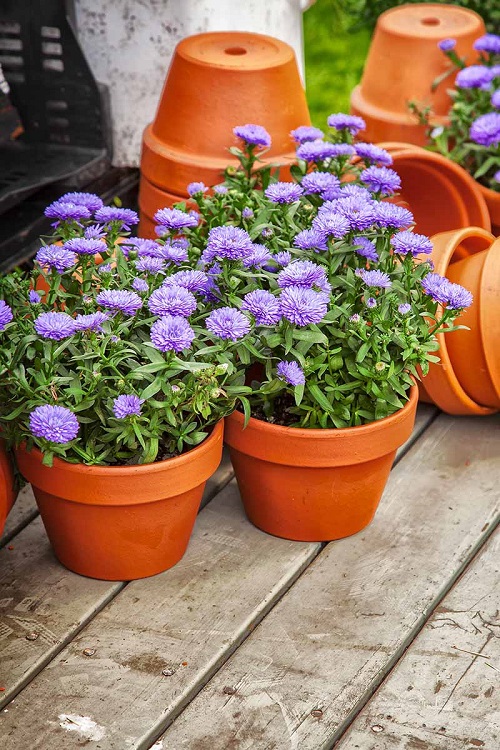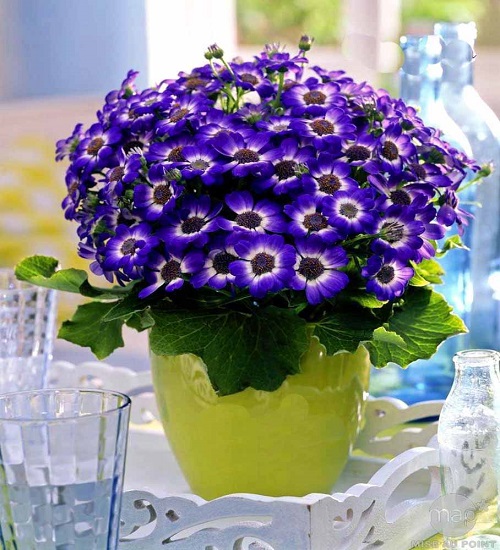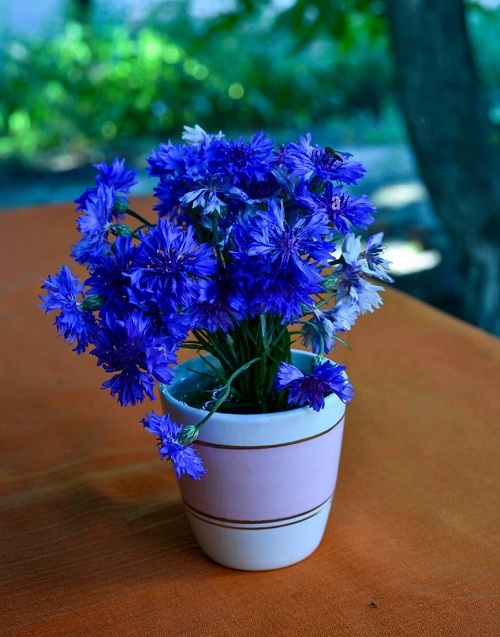Does Blue Sunflower really exist naturally, or is it simply a man-made wonder? Time to take the wraps off the reality!
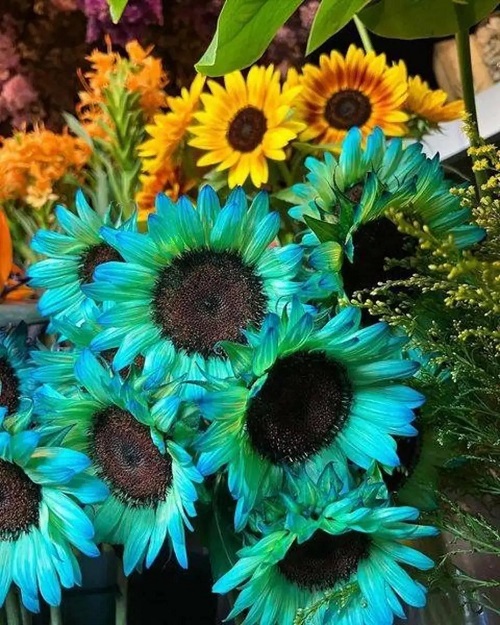
Have you ever stumbled upon an image of a dazzling blue sunflower and wondered if this captivating bloom is a work of nature or just a figment of digital manipulation? Brace yourself as we delve into the enigmatic world of blue sunflowers—a topic that has sparked debates among botanists, gardeners, and flower enthusiasts alike!
Blue Sunflowers: Reality or Myth?
Blue sunflowers do not exist naturally. The traditional sunflower, scientifically known as Helianthus annuus, has a genetic makeup that does not support the production of a blue pigment.
Typically, sunflowers are found in shades of yellow, orange, and even red or brown, but blue remains a color that they naturally cannot produce.
The Florist Shop Phenomenon
Chemically Spiked or Dyed:
The blue sunflowers you might encounter at a florist shop are not naturally blue. These flowers are generally either dyed or “chemically spiked” to attain that blue hue. Here’s how it works:
- Absorption Method: The sunflowers are cut and placed in a solution containing water-soluble blue dye. The plant absorbs the dye, turning the petals blue.
- Spraying: In some cases, the petals are directly sprayed with blue color.
Ethical Concerns:
While these methods are generally safe for the flowers, they are not natural. Some people argue that it’s misleading to sell these as blue sunflowers without disclosing the alteration process.
Blue Sunflowers by Genetic Engineering: A Future Possibility?
Biotechnology has made strides in the field of plant genetics. While a genetically engineered blue sunflower does not yet exist, it’s not entirely outside the realm of possibility for the future.
Flowers That Resemble Blue Sunflowers: Alternative Options for Gardeners
For those who love the idea of blue sunflowers but are disappointed to find out they don’t exist naturally, there are alternatives. Several flowers bear a resemblance to sunflowers and come in shades of blue.
1. Stokes’ Aster
Botanical Name: Stokesia laevis
- Resembles a sunflower with its broad petals and a central disc.
- Comes in shades of blue, lavender, and even white.
Growing Conditions:
- Prefers full sun to partial shade.
- Well-drained soil is essential.
2. Cineraria
Botanical Name: Pericallis × hybrida
- Exhibits daisy-like flowers.
- Available in a range of colors, including vibrant blues.
Growing Conditions:
- Thrives in partial shade.
- Requires rich, well-drained soil.
3. Cornflower
Botanical Name: Centaurea cyanus
- Known for its bright blue petals and darker center.
- Sometimes called “Blue Bottle” or “Bachelor’s Button.”
Growing Conditions:
- Prefers full sun.
- Adaptable to various soil types, but well-drained soil is preferred.
Midnight Oil Blue Sunflower – The Reality Behind It
Let’s cut to the chase: Midnight Oil Blue Sunflower does not exist. Sunflowers lack the specific blue pigment genes and the cellular pH conditions required to produce a blue color. The majority of the scientific community agrees that despite significant advancements in genetic engineering, a blue sunflower has not been successfully created.
What Are You Really Buying?
When you come across seeds or flowers for sale labeled as “Midnight Oil Blue Sunflower,” there’s a high likelihood you’re encountering a scam. The seeds may produce sunflowers, but they will not be blue. At best, you might end up with a sunflower variety that has a purplish or dark hue, but certainly not blue.
Digital Manipulation and Misleading Marketing
Be wary of online images that showcase Midnight Oil Blue Sunflower. More often than not, these images are digitally altered to attract buyers. Sellers may rely on the allure of rarity to market these seeds at a premium price, taking advantage of customers who are not informed about plant genetics.
Blue Sunflowers – FAQs
1. Can You dye these blooms Blue?
Yes, you can dye a white or pale yellow sunflower blue using food coloring or floral dye. However, this artificial coloration is temporary and doesn’t affect the plant genetically.
2, Why Can’t Sunflowers Be Blue?
The absence of blue pigments like delphinidin in sunflower genes makes it extremely challenging to breed a naturally blue variety. Blue also requires a specific pH level in the plant’s cells, something that sunflowers don’t naturally possess.
3. Are Scientists Trying to Create These Blooms?
While there is no effort specifically targeting the creation of blue sunflowers, advances in genetic modification techniques like CRISPR could potentially make it possible in the future.
4. Is it Possible to Create Blue Sunflowers Through Crossbreeding?
Crossbreeding is unlikely to produce a blue sunflower due to the absence of blue pigment genes in existing sunflower varieties. However, hybridizing with other plants carrying the blue pigment is theoretically possible but would be a lengthy and complicated process.
5. Are Blue Sunflowers Symbolic?
While blue sunflowers don’t exist naturally, they hold symbolic value in art and literature, often representing the unattainable or the mysterious due to their rarity.
6. Are Blue Sunflowers Expensive?
As blue sunflowers are not naturally occurring, you won’t find them for sale in the way you would traditional sunflower varieties. If artificially dyed, their price could vary based on the dyeing process and the quality of the original blooms.
Note: The blue sunflower images you see in this article are a product of Photoshop.



